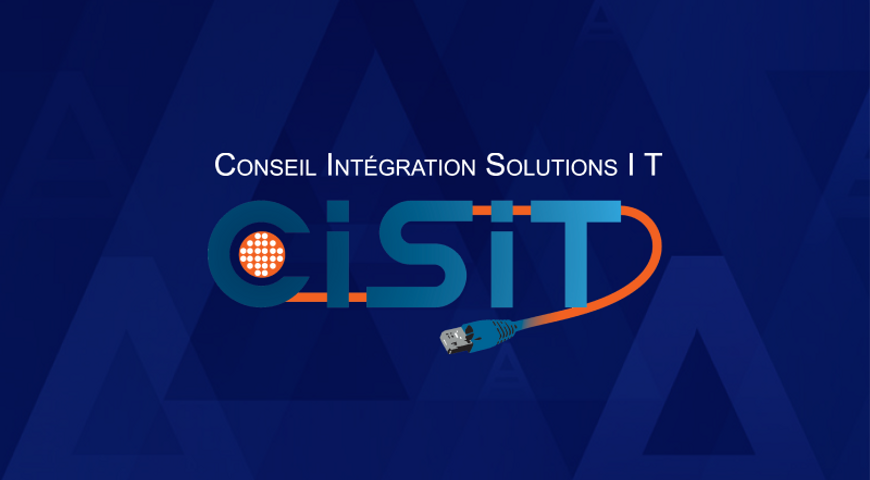Few people would risk leaving big-ticket purchases such as a home or new car uninsured — even if they could. One flood, fire or accident could mean financial ruin. Most people, however, aren't so risk averse when it comes to their personal data.
A recent survey found that people overwhelmingly value their digital memories — think photos, music and personal contacts — above all else. But few make the effort to protect those memories, whether because of a false sense of security or a belief that backup is just too difficult or too costly. Here, Nat Maple, senior vice president and general manager at Acronis, discusses the emotional connection people have with their digital lives, the high-stakes gamble they play every day — and the foolproof hedge that is the "3-2-1" backup rule. While tragic, damaged homes and cars can be replaced, but digital memories can be lost forever if left unprotected.
People have an emotional connection to their photos, music and other personal data — but few make an effort to protect it. How do you explain that disconnect?
Nat Maple: Our recent consumer survey shows that a lot of people just don’t back up their personal data. I think there are two primary reasons for that:
The first explanation is that a lot of people don’t understand the concept of backing up their data, or they think it’s too complex or too difficult. They may copy important files to a hard drive or a USB drive, but they often don’t back up their entire computer. Manual file copy, however, is not a real backup that can be relied on to get you up and running.
The second explanation is that people often don’t believe anything bad will happen to them.
Are there easy steps people can take to proactively protect their data?
It’s important to remember that physical hard drives fail. One hundred percent of drives will fail eventually, which will put data at risk.
In terms of steps, it’s very simple to automate a backup with today’s technology. It’s simple to backup with an external hard drive, for example. That’s a good first step, but cloud backup solutions offer double protection, giving people a complete copy of data offsite in case something happens. That could be a natural disaster, theft or damage such as drive failure. If someone’s house burns down or gets flooded, and they have an external drive sitting next to the computer, the backup on that drive, unfortunately, won’t be useful.
Is cloud backup easy and affordable, even for people who don’t consider themselves tech savvy?
Yes, it is. A good guide is the “3-2-1” backup rule. That means that people should have three copies of everything they care about, in two different formats, and one copy offsite. The first step can be as simple as backing up to an external hard drive, which can be purchased for less than $100. A simple second step to use a different format could be via cloud backup software, which can automatically back up all data to the cloud. It’s automated, so the user doesn’t even have to do anything. These solutions can be purchased for less than $5 per month. The third step should be storing a backup copy in a secure, offsite location. This is where using the cloud is beneficial because it joins steps two and three together for about $5 per month.
Alternatively, a more complex “3-2-1” strategy could, for example, be one backup on an external hard drive, one cloud backup and one backup stored offsite at a family member’s house.
Any other advice for how people can easily protect their digital lives?
There are more advanced backup strategies, beyond the “3-2-1” rule. One is an image backup, which takes a complete copy of a person’s entire system, rather than just a copy of individual files and folders. Image backup software automatically creates an exact “image” of a person’s system, allowing them to be up and running quickly in the event of a data disaster and removing the need to reinstall the operating system and reconfigure all user settings.
For some people, such as professional photographers, speed is important because those photos are how they make a living. Every hour counts. For other people, image backup eliminates the complexity and time taken to reconfigure a new system and to ensure that everything is working.
For more tips on how to easily protect your digital memories, check out this SlideShare from Nat:
[video:slideshare.net/?id=29773097&doc=thetop5waystokeepyourdatasafe-140107112449-phpapp01]
About Acronis
A Swiss company founded in Singapore in 2003, Acronis has 15 offices worldwide and employees in 50+ countries. Acronis Cyber Protect Cloud is available in 26 languages in 150 countries and is used by over 21,000 service providers to protect over 750,000 businesses.



